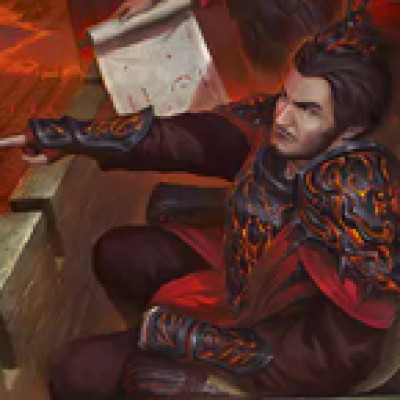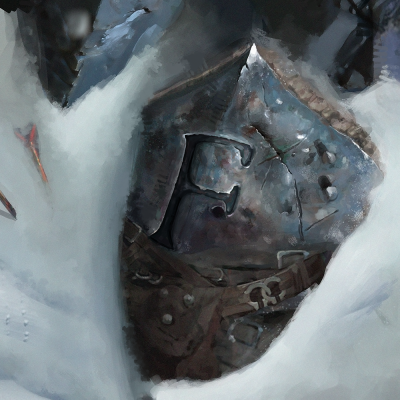Players new and old often approach playing a hero with the question, "Where can I find a deck list?" While taking an existing winning decklist is an excellent starting point for many players, enabling the competitive-minded to immediately jump into gameplay with a list that may be more finely tuned than you could conjure up just from theorycrafting, it does come with some issues. For one, many decklists are simply not available with complete notation indicating which cards are sideboard cards, which are intended to be played in which matchups, and the like. Another: decklists are refined for the specific tournament meta expected, which may be different from location to location, or shifted dramatically as time has passed. Finally- and most critically- simply reading somebody else’s deck list does not give you the information or tools required to play it effectively.
I’m here to advocate for you to construct your own deck, and assist you in the process. We will try to develop the tools to construct your own deck, but also a process by which we can learn to use existing deck lists. I’m not here to enter the debate on whether ‘netdecking’ is a symbol of continued moral erosion in our capitalist system, I’m here to help you improve.
Start with a Game Plan
The best way to create a deck in Flesh and Blood is to start from an idea. An idea can come in many forms: a hero’s theme (such as playing heavy hitting attacks in a Guardian deck) or a game mechanic (such as arcane damage enabling additional effects for the Runeblade heroes). Or it can be identifying a piece of equipment as the crux of our strategy, such as in the case of many Ninja decks and Mask of Momentum. And it can also come from the inspiration of another player’s tournament-winning deck list.

As described by other great articles about deck archetypes in Flesh and Blood, we can try to loosely identify our desired approach on the axes of Proactive/Aggressive, Reactive/Control, and Value/Set Up. We can ask ourselves questions to define the bounds of our deck and card selection.
- "Am I generally the aggressive or defensive deck?"
- "How much damage am I threatening on any given turn?"
- "How disruptive are my attacks?"
The key point in starting from an idea, which may or may not necessarily be married to a specific hero, is to try and imagine what that idea would look like translated into a game plan.
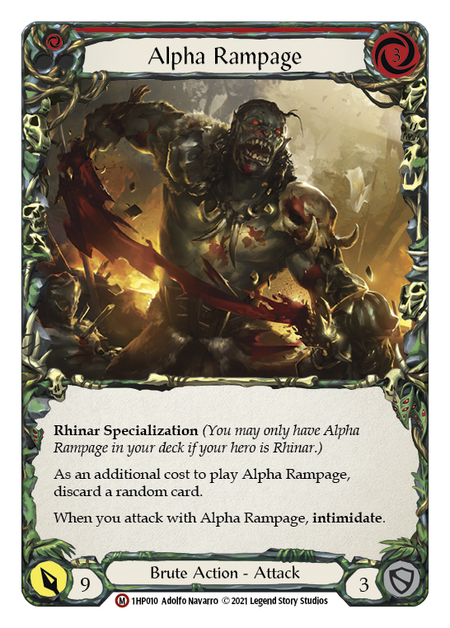
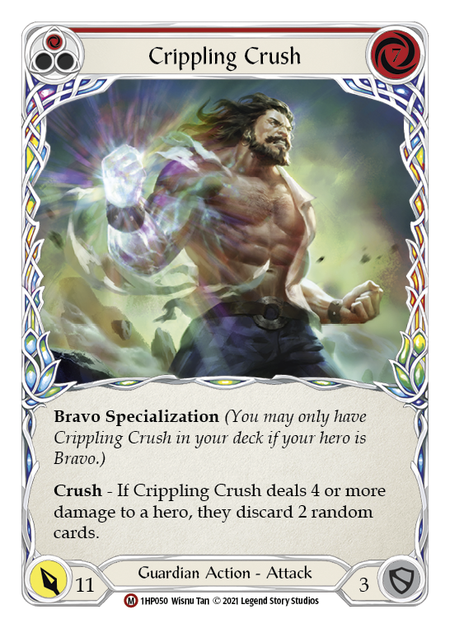
Perhaps part of the idea was already a game plan: "We want to play big, heavy hitting attacks because of how exciting they are!" A noble pursuit. This game plan could be represented with an example of a four card hand in which we pitch one or two cards, play a powerful attack action card, and potentially have additional resources available to threaten an attack reaction such as Pummel. This could be our core ‘play pattern’, or the desired method by which we use our cards. We could also include some number of Non-Attack Actions or other buffs to make our attack actions more difficult to block. Having a strong central game plan identified is key to ensuring that every card we include in our deck is contributing something towards that plan.

In this game plan, our deck would attempt to be the driver of tempo throughout the game, forcing the opponent to block our attacks or suffer the consequences of both massive damage and crippling on-hit effects. Our play pattern will be to block only when absolutely necessary, and play out four card hands or five card hands as often as possible. We also want to play a high impact attack every single turn if possible.
At this stage, if we haven’t already decided, we want to narrow down the subset of heroes that lend themselves well to this type of game plan, Guardian or Brute might be a great fit for the example chosen. Let’s move forward with Bravo as our chosen hero. But don’t be afraid to consider other classes or heroes outside of the typical for your chosen approach.

Learning from Others
Is what we’ve developed so far a good game plan? While we can’t speak with certainty at this stage of deck building, here is where we can consider some other decks and learn lessons from them. I don’t suggest we copy another decklist, but that doesn’t mean we shouldn’t look at or refer to them.
We can investigate deck lists from the hero and class we plan on playing. We can also investigate deck lists from other heroes that may not be the same class, but attempt to occupy a similar space in the meta- for instance, many decks with big expensive attacks will play Pummel as their attack reaction of choice, or many highly reactive and defensive decks will play Sigil of Solace.
Don’t forget to consider class cards in addition to generics! Flic Flak as seen in Control Ninja decks may occupy a similar space to what Staunch Response would offer to Guardian decks, providing inspiration for our deck construction. Don’t be afraid if your deck list eventually approaches some level of convergence with the ones you see online- there’s still plenty of room for creativity in Flesh and Blood in just 20 cards.
Building the Deck
Key Cards and Synergies
Key cards and factors to identify can be individual Attacks, Weapons or Equipment cards, or even multiple card combinations that have a high impact when played together, also known as synergies. We must consider how we need to construct our deck in order to be able to play out our cards, and also fulfill any additional conditions that may exist for our deck. We can also identify which particular inorganic and organic synergies we are trying to include in our deck at this stage, and consider whether it will be possible to balance the two ideas together.
Here is a non-comprehensive list of the key factors that you may identify at this stage of deck construction for some other decks:
- For Light heroes: Cards that interact with the Soul.
- For Elemental heroes: Fusion and Element-typed cards.
- For Runeblades: Number of Attack Actions vs Non Attack Actions (in sum or as a ratio).
- For Brutes: Cards with 6 or greater power.
- For Ninjas: Blue cards with 0 resource cost for Kodachis.
- For Wide attacking decks: Number of attacks with Go Again.
- For Defensive decks: Number of Cards with 3 Defence, or number of Defence Reaction Cards.
- Available resource cards as relates to the cost of cards and effects you are trying to activate.
Note that just because we identify a factor or condition for some of the abilities in our deck does not mean that we must only include cards that fulfill that condition. As discussed in my previous article about synergy, when we try to fulfill conditions of inorganic and organic synergy, we want those cards to stand on their own as being worthy of inclusion in our deck.
In this particular Bravo deck, we want to play high impact Attack Action cards with an on-hit effect. We also need an adequate number of blue cards to pay for our expensive attack action cards. Additionally, we want to take note of card costs of the blue cards, in order to enable Anothos’ secondary damage bonus.


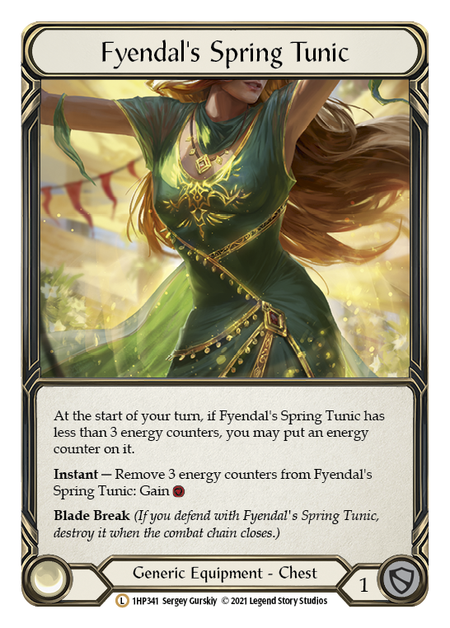


From there we can start to identify which critical cards feed directly into our game plan, and build a skeleton or core of the deck. For our example, some of our key cards are:
- Crippling Crush/Spinal Crush/Disable
- Pummel
- Sloggism/Come to Fight/Tear Asunder
- Tectonic Plating/Fyendal’s Spring Tunic
- Anothos
The Core of the Deck
At this point we’ve laid out about 15 or so Attack action cards with great on-hit effects that we want to always keep in the deck, in addition to another 10 that we may want to add to the deck depending on the particular matchup that we’re playing. We have also included Pummel, and a number of Non-Attack Actions that we will play to buff our Attacks. These cards represent the core of the deck, everything else we add to the deck revolves around them.
Blue is Glue
It’s absolutely crucial at this stage of deck construction that we are assessing every single card as we add it to the deck. Is this in alignment with our game plan? In our example, we need plenty of blue cards to pay for our resource costs, but they must fulfill multiple conditions for maximum efficiency and synergy in our deck.
Based on this thought process, our blue cards can be a combination of Attacks with on-hit effects (Disable and Cranial Crush being the most relevant in blue), a card like Rouse The Ancients for its unique effect that synergizes very well with our game plan, and a mix of Non-Attack Actions or other general utility cards that work well with our deck. The final 10 to 20 cards we’re adding aren't necessarily going to be in perfect alignment with our game plan, but if we keep the idea of considering each individual card in mind, we can go a long way.

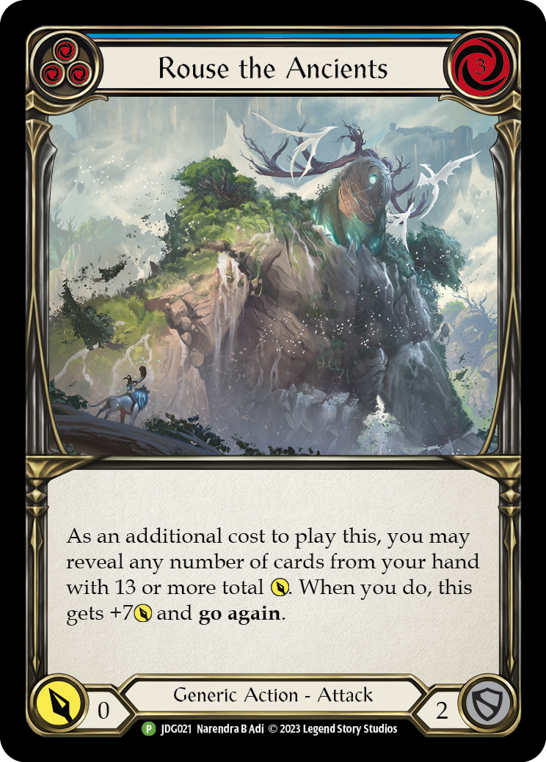
Do the Math
Assuming that perhaps we can select 30 blue cards that we want to play in our deck, we have a roughly 70% chance of drawing two or more out of four cards (this is calculated through a free online hypergeometric probability calculator- Google it). We can say to ourselves, "This seems roughly reasonable, if we don’t draw two blue cards we can always block with some cards, arsenal a high impact attack, and swing Anothos if we have at least one blue card." If we know that it’s generally a 70% chance to draw into hands with sufficient blues, we can comfortably arsenal a card like Crippling Crush, knowing that within the next few turns we are likely to be able to play it if we set up with a Seismic Surge token or Tunic counter. If we assume we’ll have 20 Red and Yellow Attack Action cards in the deck at any given time, we also have a roughly 80% chance to draw at least one each turn.
I highly recommend running the numbers for these ratios, because not only does it act as a stage of review for our decision making, it also helps us internalize these odds for assessing in game situations. Overall, we can assess whether we want to have a 90%, 70%, or 50% chance to see certain cards in certain scenarios. This might be equally applicable to assessing the rate of drawing Element-typed cards for Fusion, or of drawing a card with 6 or more power. And so we can consider whether it's a good idea to take the chance on drawing an Earth card to Fuse something like Bramble Spark if I put it in my arsenal. The more we think about these questions in deck construction, the more we are shifting this decision making to simple planning, and the easier our game play becomes, allowing us to achieve better outcomes in games.
Don't fret about getting to exactly 60 cards in your first draft. While streamlining your deck is optimal, some decks are quite happy to play anywhere from 60 to 72 cards depending on the matchup or sideboard configuration. Furthermore, when you're testing your deck for the first time, it can be good to just try many cards in every matchup, or in greater quantity than you would expect to be optimal, just to get a feel for how they perform in a game situation.
Deck Construction on a Budget
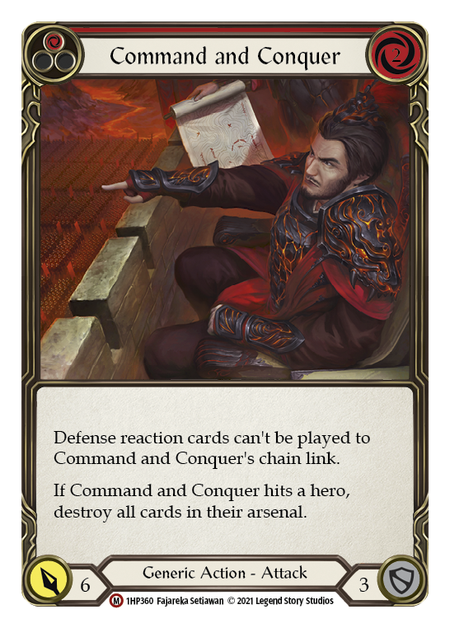

What happens if I don’t have access to any copies of Command and Conquer, Enlightened Strike, Fyendal’s Spring Tunic, and so on? A common question. One of the primary issues I often see is players attempting to replicate their printed effects with other generic or class cards with similar effects. Let me stop you right there- some of these expensive staple cards are simply irreplaceable. However, that doesn’t mean you can’t build a deck or play a hero without access to these cards! It simply means that we should not aim to precisely replace them in function.
For most decks, a card like Command and Conquer simply represents an additional way to pressure or threaten the opponent’s game plan, while not significantly advancing their own. In our omission of these cards (and note I do not say substitution), we will instead include different cards that do advance our own game plan. In some cases, such as with Fyendal’s Spring Tunic representing an available 4th resource every third turn when pitching one card, we may need to modify our game plan slightly. But in general, do not let potentially useful cards such as Cadaverous Contraband or Scar for a Scar fool you with their similarity to Command and Conquer or Enlightened Strike- if they do not fit with your game plan, simply do not include them. Let’s aim to build a deck with a cohesive and well constructed core.
In our Bravo example, Tectonic Plating is one of these cards that may be considered irreplaceable. Potentially having access to an additional resource impacts the core play pattern for our deck. It changes the math for certain turn cycles, enabling us to play out 4 cost Guardian Attacks with one blue, enables activating Bravo’s hero power for dominate or Pummel on Disable or Spinal Crush with two blues, and also enables Anothos damage bonus with a blue card and a red card. This is where it’s key to adjust your approach if you don’t have access to Tectonic Plating, and consider how it may change your play pattern and deck construction approach. You might even substitute in a card like Heartened Cross Strap for the ability to play Spinal Crush on one blue, or to dominate a Crippling Crush and play Pummel on a five card hand- neither of which are possible lines of play with Tectonic Plating. Overall, you may need to be inventive to work around key cards that are missing.
First Draft
What happens next though? We may have approximately 70 cards in a list now, and we seem to be quite close to completing a first draft.
The final steps I suggest are what I consider ‘touch ups’ for a first draft, and by no means final. This can include making sure all equipment slots are filled: for Bravo, we elected to bring Goliath Gauntlet in the Arms slot, which does synergize with our game plan fairly well, and both Ironrot Legs and Nullrune Boots in the Legs slot, which is a fairly unexciting decision.

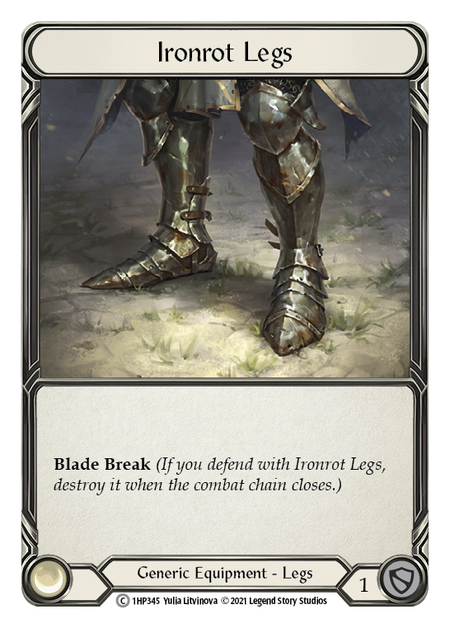
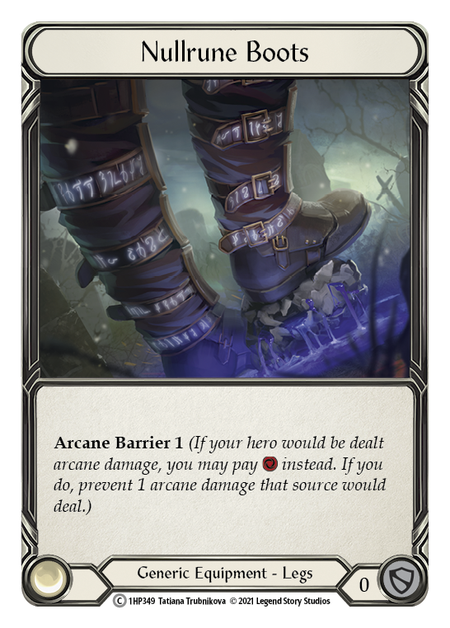
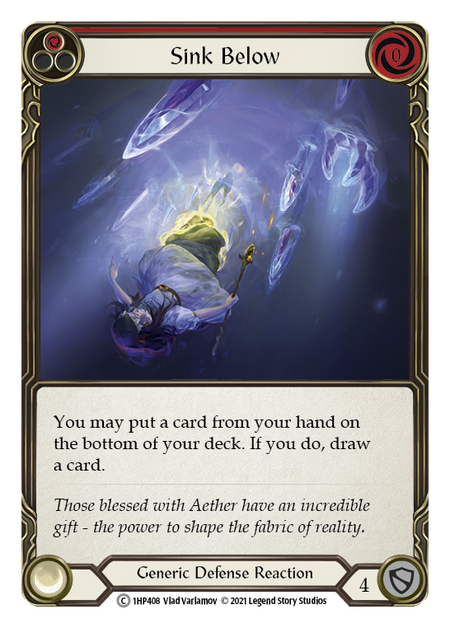
We can also add a handful of cards that we may speculate from both theory and past experience as being useful to play from the sideboard in certain matchups. In this case we’ve gone with Sink Below to add to the suite of Defence Reactions because perhaps we’ve observed that the local terror Dorinthea is highly vulnerable to Defence Reactions.
Here is the final product. There’s nothing more for us to do without getting some hands-on experience; it’s time to take this deck for a spin!
Testing and Iteration
In addition to just taking the time to try out your deck and practice, what are some keys to approaching how you test your first draft? I can’t give you all the answers, but here are what I consider some of the most important things to consider:
- Keep the original game plan in mind at all times.
- Identify when or if the overall game plan is effective.
- Seek feedback from our opponents as to what did or didn’t work.
- Identify where our desired play pattern worked as intended, and which cards performed well .
- Identify where our effective play pattern did not work as intended, and what lead to this.
- Identify which cards did not live up to our expectations, or the specific scenarios in which they may have under-performed.
- Identify what matchups we might need to adjust our strategy or gameplan for, and the additional cards we may need to include in our deck to accomplish this.
- Test more than once before jumping to conclusions.
- Test against a variety of opponents, heroes, and archetypes to get a feel for the deck overall.
How to test the deck that you’ve built could be an entire article, video or podcast, or series all on its own. For now let’s just agree on this: we’re going to try out what we’ve put together, and we’re going to try to learn as much as we can in the process, win or lose. From here on out, you’re going to want to iterate your deck based on your experiences. You could play a few games or an Armory, and then make some minor changes. You could play in a testing gauntlet with many heroes, and record your results, perhaps cutting out a sub-package of synergies that never quite panned out. But the key here is simple: see what is working for you, consider both sides of why it is or isn’t working, and aim to improve from there.
The Spice Must Flow
Good spice in deck building and cooking are very similar. Do you enjoy the nice flavour of cinnamon in your apple pie? Perhaps you do! We can estimate that by volume, maybe less than 1% of the apple pie filling is cinnamon. What happens when you add too much cinnamon to your apple pie? Well, if 10% of the apple pie filling was cinnamon we would probably have some issues with the flavour of cinnamon overpowering the flavour of the apple, in addition to ruining the texture of the pie. And if your apple pie filling was 50% cinnamon, it would taste like an awful powdery mess.
Similarly, including too many spice cards can reduce the consistency of your deck, leading to issues in turn to turn play pattern. And if half your deck were to be spice cards, you would simply be playing a non-synergistic mess of a deck that could barely find its key cards and their enablers at the same time, not even functioning on a basic level, instead finding bite after bite or turn after turn ruined by the inclusion of cinnamon.
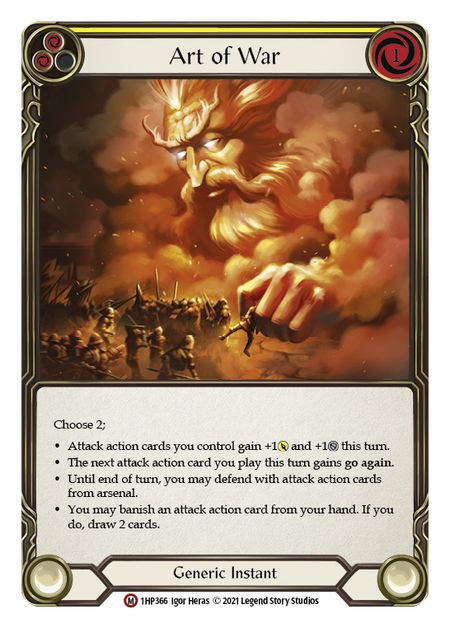
My rule of thumb I suggest to you is this: start with somewhere between 1 - 5 cards that would be considered ‘spice’, and simply try them out in your deck. If they are synergistic with the main game plan and play well in testing, you can consider elevating them to being more than simply spice. Even when you’re building a highly thematic, contrived, or a completely meme game plan, that doesn’t mean your deck is just all spice and all bad by default: if you were making cinnamon cookies, you might need a lot more than 1% of cinnamon. I encourage you to keep trying different cards, keep iterating, and try to fill your deck with the most exciting and impactful cards. After all, we’re here to have fun!
Deck Construction Cheat Sheet
To assist you in deck construction in the future, I’ve summarized what I believe are the key points discussed in this article here. In addition, this section can hopefully be of help in interpreting existing deck lists. After all, there’s nothing stopping us from applying the same way of thinking as we look at those lists. The next time you try to play a tournament winning deck list, consider the same questions we asked ourselves today when we were putting together a game plan, and you’ll be one step closer to understanding the intent of the original deck builder.
- Start from a strong game plan or big picture idea of how you want to win.
- Identify a rough play pattern for you to achieve this game plan.
- Identify key factors or synergies, and the associated deck requirements.
- Identify the key cards to your strategy and create the core of your deck.
- Add cards that fulfil the requirements of your deck, ensuring each one is in alignment with your game plan.
- Do basic calculations for ratios in your deck, make sure you’re reaching a target probability you’re comfortable with.
- Use theory and experience to finish up a draft.
- Test the deck against multiple other heroes and archetypes.
- Revisit and assess what role each card in your deck is playing.
- Spice up your deck to taste in an ongoing process.


